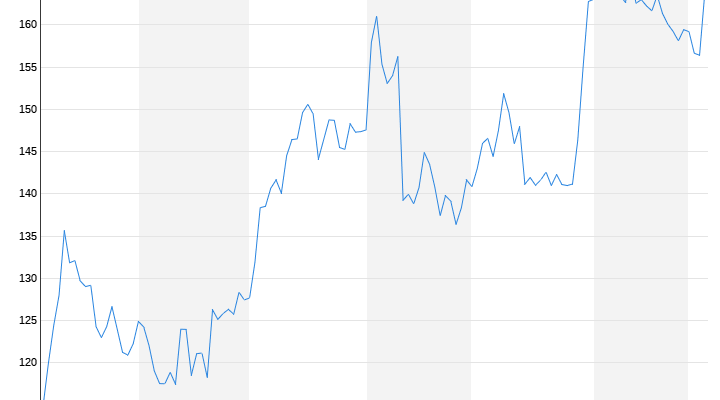Throw away shoes and a lot of money?
Adidas despairs of the expensive Kanye West inventory
05/05/2023 10:29 am
Adidas is losing significant market share to its competitors in China. This costs the sporting goods giant a lot of money, but is only the second construction site for the new boss Björn Gulden. The bigger dilemma: What does the company do with the shoes already made by scandal musician Kanye West?
Adidas’ prematurely terminated collaboration with controversial US rapper Kanye West continues to weigh heavily on the sporting goods manufacturer’s business. In the first quarter of the year, the company made a loss of 39 million euros, as announced by the sporting goods manufacturer from Herzogenaurach. A year ago, the world number two had made a profit of 310 million euros.
The turnover was 5.27 billion euros on the spot. In the same quarter of the previous year, sales totaled 5.30 billion euros. A positive development, because analysts had feared a decline of four percent: In China, where Adidas had recently lost massive ground, things went better than expected despite a nine percent drop in sales. “That makes us optimistic for the rest of the year,” said new Adidas boss Björn Gulden. Accordingly, the high inventories are gradually melting away.
For the current year, Kasper Rorsted’s successor has confirmed the previous business expectations: at best, an operating result of zero and at worst, a negative balance of 700 million euros. “2023 will be a bumpy year with disappointing numbers where our goal is not to maximize our short-term financial results,” Gulden said. It is about creating a basis “for a better year 2024 and a good year 2025”.
The Yeezy Dilemma
After the figures were presented, stockbrokers still focused on the positive aspects: the Adidas share increased by 1.5 percent before the market.
Adidas had pulled the ripcord when Rorsted was still working with scandal rapper Kanye West, as he had repeatedly become verbally abusive – including with anti-Semitic statements. Just because of the “Yeezy” products designed by West, which have long been in production, Adidas is said to be short of 1.2 billion euros in sales and an operating profit of 500 million euros this year. In the first quarter, the end of Yeezy was mainly reflected in North America, where currency-adjusted sales collapsed by 20 percent. “Adidas’ success with Yeezy has probably made it too comfortable not to look for other growth drivers,” Bryan Garnier analyst Cedric Rossi said in Paris.
Contain anti-Semitic messages
Now Adidas is in a dilemma: If you sell the “Yeezy” stock, which is coveted by fans, West would be entitled to high commissions – and Adidas’ image would suffer. If you throw away millions of pairs of shoes, there is a risk of high losses. Gulden has already thought aloud about donating the proceeds to Jewish organizations.
Adidas confirmed that they are still examining how to deal with the matter. “The challenge is, once the shoes are on the market and people are wearing them, we have to make sure that their creator’s anti-Semitic messages don’t spread,” said Holly Huffnagle of the American Jewish Committee.
Construction site China
Gulden’s second construction site is China. Under his predecessor Kasper Rorsted, Adidas’ market share there has fallen from 19 to 11 percent since 2019, according to market researchers from Euromonitor, and Chinese rival Anta Sports has passed. Adidas was hit harder than the competition by the calls for a boycott after Western criticism of how it was dealing with the Uyghurs, because the Germans there rely more on celebrities as brand ambassadors than on athletes, as CMBI analyst Walter Woo says.
Gulden is now changing direction: with products that are more tailored to China and with athletes as advertising media. In the shops, Adidas sales have already increased by more than ten percent in the first quarter.
Like the entire sporting goods industry, Adidas is sitting on a mountain of unsold goods that were produced in excess of requirements during the corona pandemic and can only be sold at high discounts. That puts pressure on the gross margin, which melted at Adidas to 44.8 (49.9) percent. At the end of March, inventories at Adidas were a quarter higher than a year ago at 5.7 billion euros. Since the beginning of the year, they have been reduced by at least 300 million euros. “We continue to work hard to normalize our inventories throughout the year,” Gulden said.
